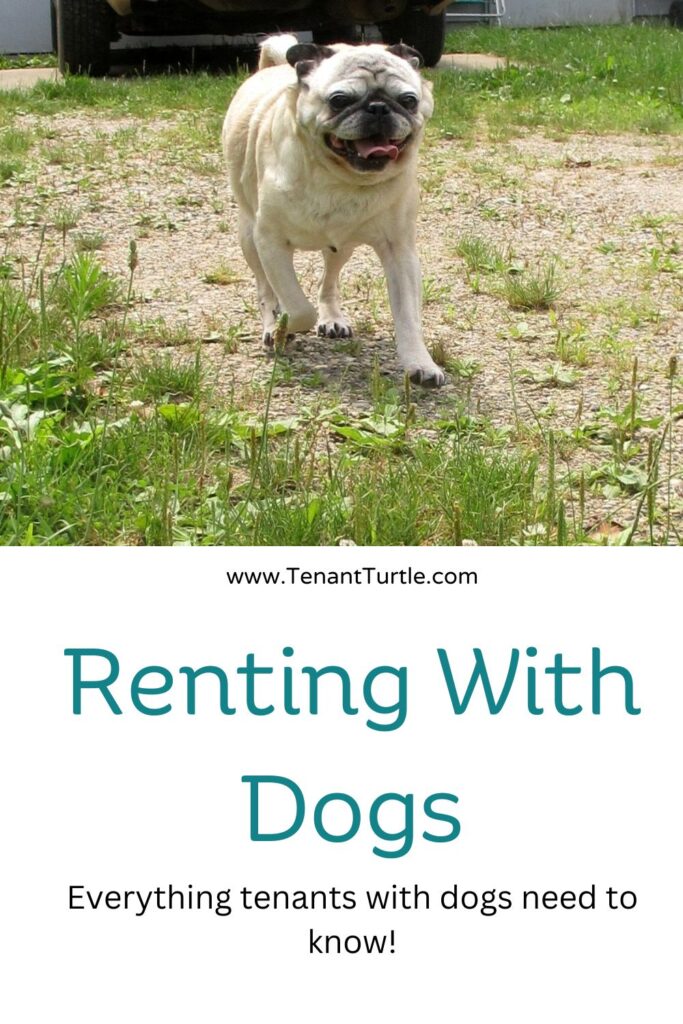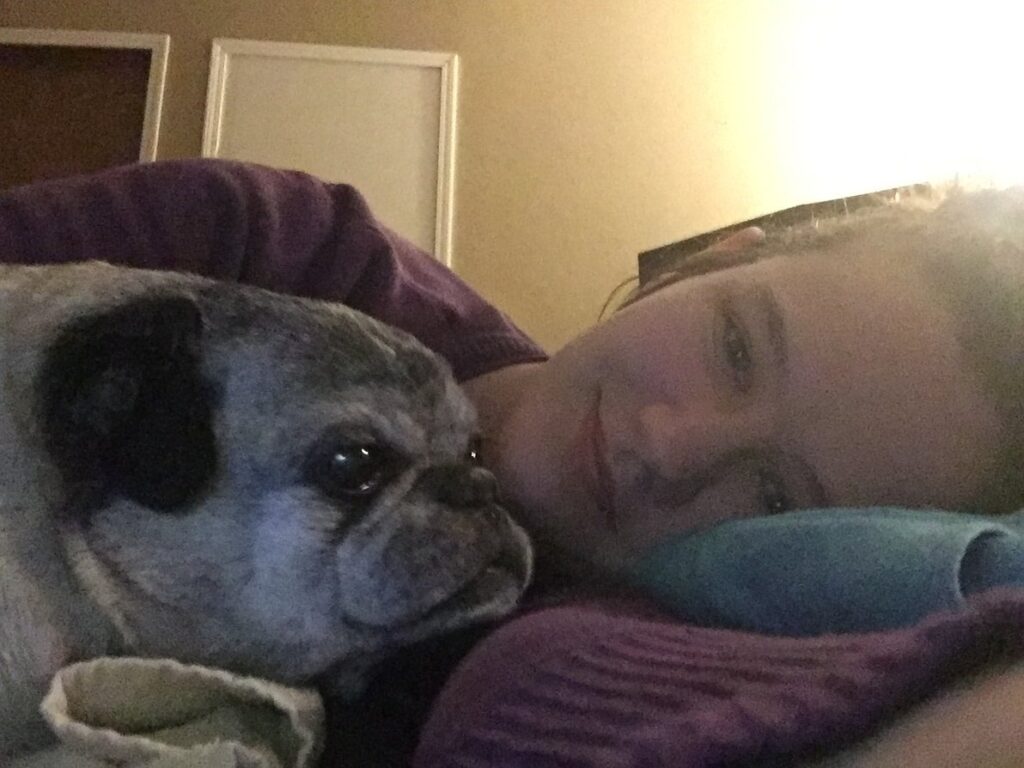
Renting an Apartment with Dogs – Tips for Finding Pet-Friendly Housing
Searching for an apartment that allows dogs can be ruff! But with some persistence and preparation, you can sniff out the perfect dog-friendly rental. This guide will help make your apartment hunt less painful whether you have a tiny terrier or a large pitbull mix.
Will some landlords negotiate on whether or not to accept pets?
Some landlords or property managers may be willing to make exceptions for pets even if they have a strict no pet policy. It doesn’t hurt to have a conversation and politely ask if they would reconsider for your exceptionally cute and well-trained pooch. Provide references from past landlords raving about your responsible pet ownership. Offer an additional pet deposit or monthly fee to cover any potential damages. Be ready to explain how you’ll prevent noise issues and refreshing odors. With the right assurances, you may be able to negotiate a pet-friendly lease. But also be prepared for a firm “no”. Know when to respect their policy and keep looking.
In my personal experience, some landlords who had “no pets” ads seemed to be irritated that I even called to ask if this was negotiable at all! However, I had one landlord who let us have our two dogs although they had originally listed the apartment as ‘no pets’. We offered an additional deposit (sometimes called a pet deposit) that would be non-refundable and also paid an extra monthly fee.

Does it typically cost more to rent an apartment with pets?
Most pet-friendly apartments charge an additional one-time pet deposit or monthly pet rent per dog. Some charge both. One-time deposits range from $200-$500 on average. Monthly pet rents are typically $20-$50 per pet. However, one of my landlords wanted an extra $100 per pet so some want a lot extra! Costs will sometimes be higher for larger dog breeds. This covers any potential damage dogs may cause like scratched floors, soiled carpets, or nibbled moldings. Be sure to clarify all pet-related fees upfront so they’re not a surprise when signing the lease. Some landlords may require additional renter’s insurance coverage as well.
Tips for finding a dog-friendly rental
The best places to look for pet-friendly apartment listings include:
-
- Rental websites like Zillow, Apartments.com, Trulia with pet filters
-
- Social media and neighborhood groups (especially facebook marketplace)
-
- Drive or walk around looking for “for rent” signs
-
- Ask fans of your dog’s breed for recommendations
-
- Contact local rescues about pet-friendly complexes
When touring units, come prepared with documents like your pet resume, veterinary records, and reference letters. Dress neatly and keep your dog clean, well-behaved, and on a leash. Be upfront about your pet from the start. Reassure the landlord you are a responsible, conscientious owner who will care for the property.
Tips for finding a rental with a pitbull or other bully breed
Renting with a pitbull or other bully breed can be challenging due to negative stigmas. But it’s not impossible! Search for privately-owned condos or homes for rent instead of large complexes. Ask bully breed advocacy groups for referrals. Look for listings by progressive landlords in dog-friendly neighborhoods. Make sure your pup is trained obediently and socially well-adjusted. Provide all sorts of proof your dog is gentle and you are responsible. Offer to meet the landlord multiple times so they can get comfortable. Be flexible and keep searching until you find a great match.
If you haven’t already, getting a DNA test may help. In some cases, dogs look like pitbulls or bully mixes, but their DNA will be some other breed. If this happens to be true for your dog, you can usually use the DNA test as proof that your dog is not a bully breed and then you can rent in places that allow dogs but not bully breeds.
Questions to Ask About Pet Policies When Touring Rentals
When viewing potential rentals, ask important pet policy questions upfront like:
-
- Is there a size limit or breed restriction?
-
- What are all pet fees and deposits required?
-
- Are there designated pet areas or restrictions on access?
-
- Is regular professional cleaning required?
-
- Are there noise or distrubance policies?
-
- What happens if another tenant complains about my pet?
-
- Does renter’s insurance need special coverage?
-
- How will damages be assessed when moving out?
Get all policies in writing so there are no surprises after signing your lease!
Preparing a Pet Resume to Show You’re a Responsible Owner
A “pet resume” summarizes your pet’s qualifications and training to reassure landlords. Include:
-
- Photos of your friendly, well-groomed dog
-
- Identification and registration info
-
- Vaccination records
-
- Spay/neuter certificate
-
- Obedience training certificates
-
- Vet contact info
-
- Reference letter from past landlord
-
- Summary of pet care history and qualities
Highlight your dog’s obedience, socialization, good health and manners. This shows you’re a responsible pet parent!
Options if Your Landlord Changes Pet Policy After Moving In
f a new landlord takes over and wants to revoke pet privileges, review your lease terms closely. In most cases, existing tenant rights and agreements should be honored until your lease expires. Politely stand your ground if pets were allowed when you moved in. Offer to sign updated pet policies or fees if needed. If they still refuse, contact local housing authorities to learn your rights. As a last resort, you may need to search for a new home.
Managing Dog Noise Issues in Rentals
Dogs barking, running, playing can nuisance neighbors in shared buildings. Try these tips:
-
- Provide plenty of exercise, toys, training to avoid boredom. Crate train.
-
- Use calming aids like ThunderShirts or pheromones during loud times.
-
- Train a “quiet” command. Use correction noises like a Pet Corrector can.
-
- Monitor noise via pet cam and discipline excessive barking.
-
- Apologize to neighbors and explain your training efforts.
-
- Schedule noisy playtimes for least disruption.
With patience and consistency, you can reduce noise interruptions. But some pups like hounds are just vocal! Choose ground floor units or detached rentals if possible.
Top Pet-Friendly Apartment Amenities to Look For
When touring rentals, keep an eye out for these dog-friendly perks:
-
- Private fenced yards or pet parks onsite
-
- Indoor pet spas or washing stations
-
- Designated potty areas with disposal bags
-
- Nearby walking trails, dog parks, pet stores
-
- Convenient sidewalks and green space
-
- Pet events, playgroups, training classes
-
- Minimal carpet and tile flooring
-
- Access to nature trails or parks for play
Dog amenities make apartment living much easier. But if the community is pet-friendly, you can make do without the extras.
Cleaning Tips to Get Your Deposit Back After Having a Dog
Regular cleaning prevents lingering odors and stains when having a dog in a rental. Useful products include:
-
- Enzyme cleaners to fully remove urine smells
-
- Pet odor neutralizers like Nature’s Miracle
-
- Baking soda and vinegar solutions for simple green cleaning
-
- Hydrogen peroxide for removing stains
-
- Pet carpet powders and foam cleaners
-
- HEPA filter vacuums that capture dander and fur
Don’t forget about air ducts, baseboards, and window wells where pet hair gathers. Replace air filters monthly. Schedule professional carpet cleaning when moving out. Follow your lease’s turnover cleaning checklist closely.
Protecting Floors and Walls When Living With a Dog
Dogs can scuff up floors and damage walls with their nails and teeth. Protect your rental by:
-
- Keeping nails trimmed to avoid scratches
-
- Using rugs, runners to cover high traffic areas
-
- Placing scratch guards on furniture legs
-
- Using pet gates to block access to certain rooms
-
- Providing plenty of chew toys to divert destructive chewing
-
- Crating pets when you’re away to prevent accidents
With proper precautions, you can avoid excessive wear and tear. But accidents happen! Document existing damage before moving in.

Creating a Designated Potty Space If No Yard Access
If your rental lacks outdoor space, you’ll need an indoor potty setup. Options include:
-
- Real grass patches or pee pee pads on a tray
-
- Litter boxes or imitation grass mats/sod
-
- Indoor potty systems with fake or live grass
Train your dog to use the designated indoor area consistently. Empty and clean it daily to prevent odors. Some indoor potties connect to plumbing to flush waste. This is ideal in apartments, though pricier.
Dealing Neighbor Complaints About Dog Barking
Despite your best training efforts, some neighbors complain about dog barking or noise. First, apologize and acknowledge their concern. Explain your ongoing training efforts. Provide treats or offer to pay for problem-solving tools like an anti-bark collar. Suggest they call or text you directly if noise resumes so you can address it. Reiterate how important the community is and that you want to be respectful. Most people will be understanding if you’re sincere and respond quickly to complaints.
Renter’s Insurance Considerations with Dog Ownership
Standard renter’s insurance may not cover potential injuries or damage caused by dogs. Look for a policy that includes:
-
- Pet injury coverage in case your dog is hurt
-
- Liability protection if your dog bites or harms others
-
- No pet breed discrimination, just increased premiums for high risk breeds
-
- Coverage for damage caused by dogs to rental property
-
- Medical payment coverage for injuries to pet owners
Disclose your pet when purchasing renter’s insurance. Review exclusions carefully to ensure adequate coverage.
Tips for Introducing Your Dog to a New Rental Home
The first days in a new home can be stressful for dogs. Help them adjust through:
-
- Maintaining their regular routine as much as possible
-
- Spending extra quality time providing affection
-
- Keeping leashed initially so they don’t get overwhelmed
-
- Using favorite toys/blankets to create familiar smells
-
- Praising calm behavior and confidence
-
- Using calming supplements or pheromone diffusers
-
- Introducing slowly to any new housemates
Be patient and supportive as your pup gets used to new sights and sounds. Their anxiety should gradually reduce.

Leave a Comment